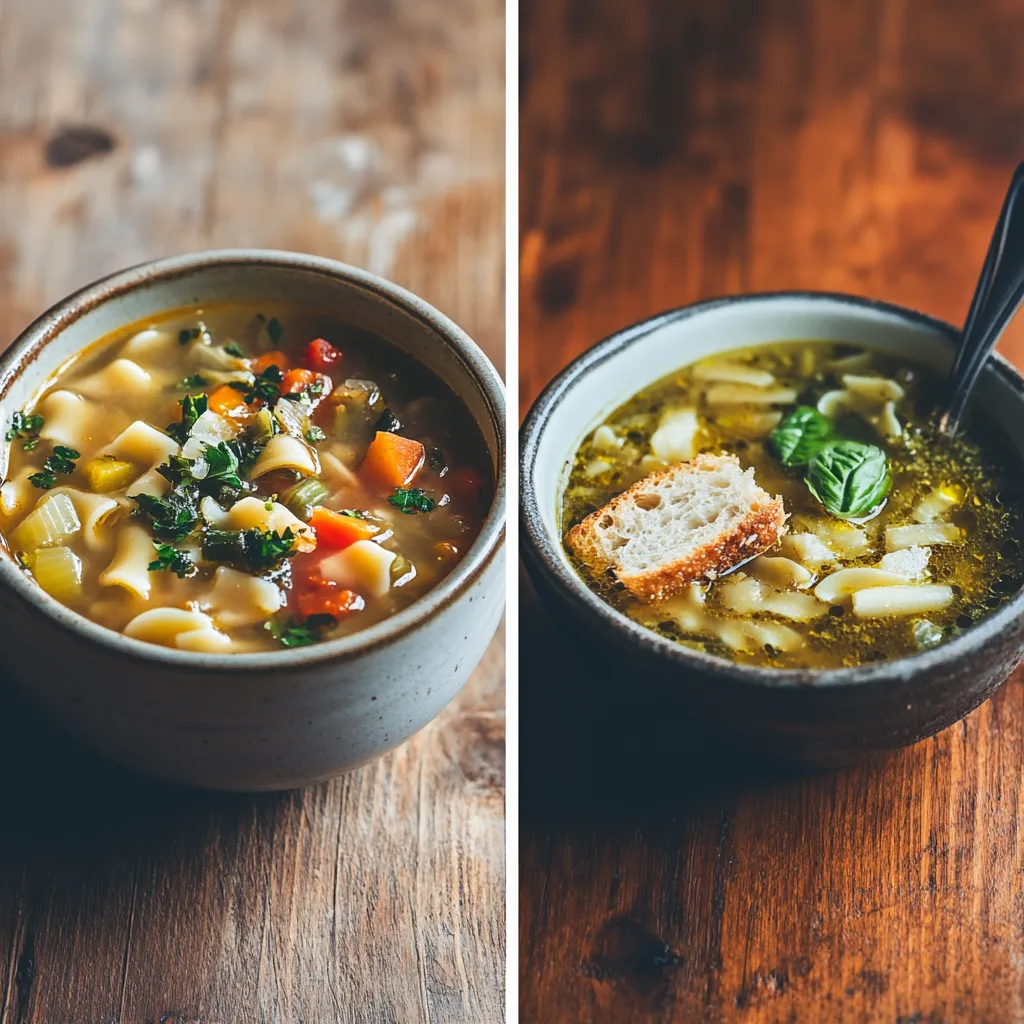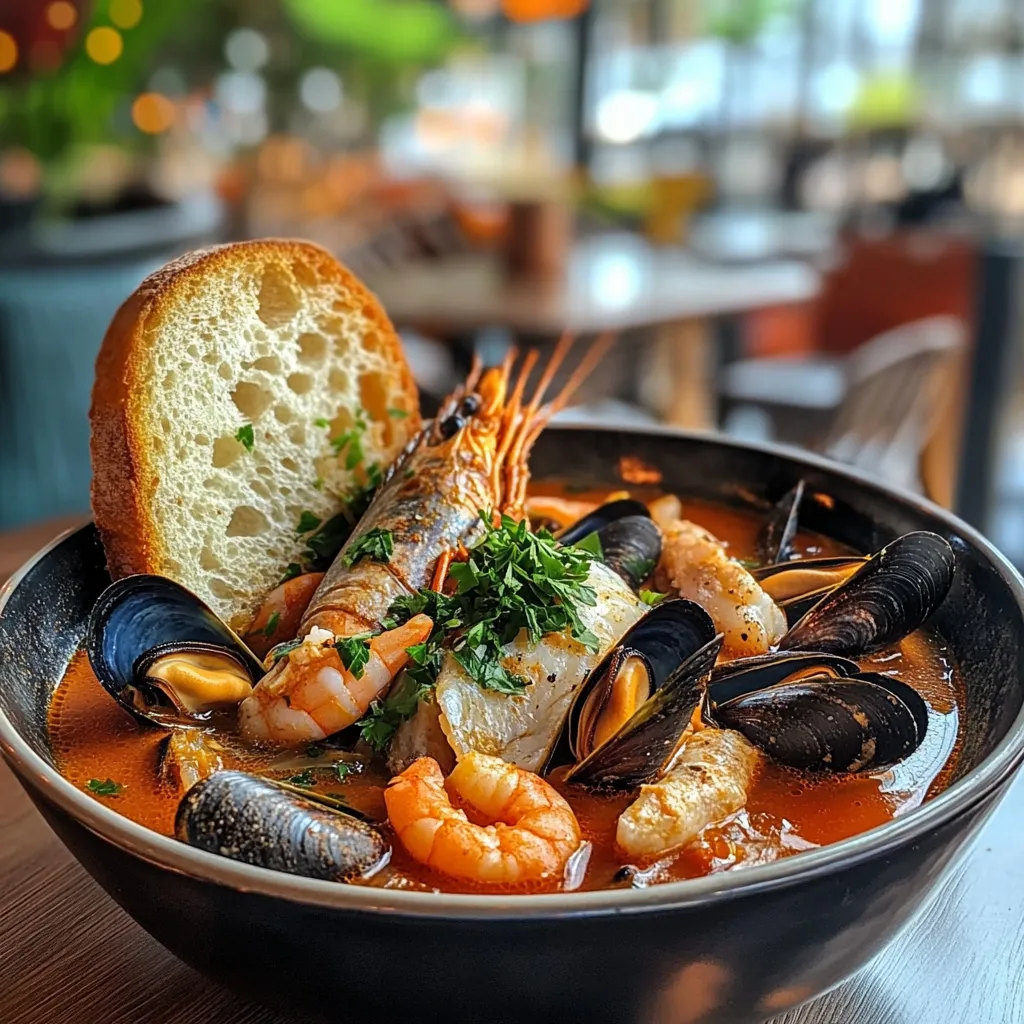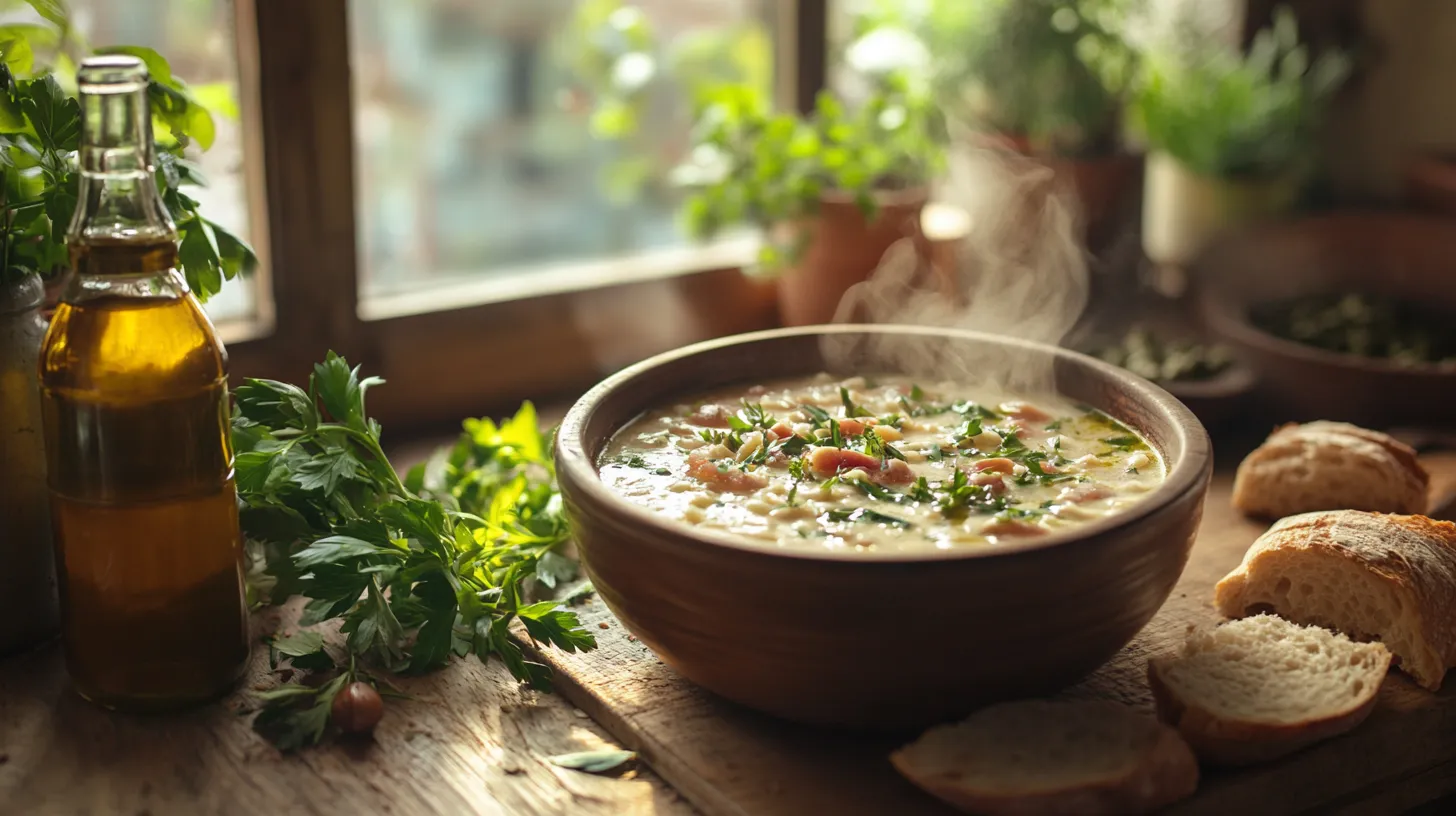What Does Zuppa Mean in Italy? A Deep Dive Into Italian kitchen
Italian food culture is rich with tradition, flavor, and history. From pasta to risotto, every dish has a unique story to tell. Among these culinary treasures, Zuppa holds a special place as a humble yet meaningful part of Italian meals. But what does Zuppa actually mean in Italy? In this article, we’ll look at its origins, variations, and significance. Moreover, we’ll explain how it differs from Minestra, showcase popular recipes, and discuss its influence on global cuisine.
So, let’s take a closer look and uncover the heart of Zuppa in Italian cooking.
Table of Contents
Understanding the Term Italian Zuppa Culture
The Literal Meaning
In Italian, the word Zuppa simply means “soup.” However, it often refers to a specific type of soup where bread plays a starring role. Traditionally, Zuppa isn’t just liquid and vegetables. It’s thicker, heartier, and often contains bread soaked in a flavorful broth. The bread acts as a base, making the dish more filling.
The term has roots in Latin. It comes from suppa, which means “soaked bread.” This gives a clue about how integral bread is to Zuppa. Unlike other soups, Zuppa blends simple ingredients to create something deeply comforting and satisfying.
Zuppa in Italian Language
The Italian language has many words for soup-like dishes, including Minestra, Crema, and Vellutata. But Zuppa is distinct. While Minestra might include pasta or rice and Crema is creamy, Zuppa focuses on bread.
You’ll often hear Italians refer to dishes like Zuppa Toscana or Zuppa di Pesce. These names show how diverse this category can be. Synonyms may pop up depending on the region, but Zuppa is a term that stays close to its roots.
Traditional Role of Zuppa in Italian Meals
Historically, Zuppa was food for the common people. It relied on leftover bread, local vegetables, and whatever protein was available. Families used what they had to create something warm and filling. This made it both economical and nourishing.
In Italian homes, Zuppa is often the first course, especially in colder months. Its hearty texture makes it ideal for chilly nights. While it started as a way to avoid waste, it has become a beloved staple, celebrated for its rich flavors and simplicity.
Zuppa vs. Minestra: Key Differences
Defining Minestra
When discussing What does Zuppa mean in Italy?, it’s essential to compare it with Minestra. Minestra is another term for soup, but it carries its own distinct meaning. Unlike Zuppa, which emphasizes bread, Minestra typically includes pasta, rice, or legumes. This makes it more broth-based and less dense.
Historically, Minestra was a simple, everyday dish. It was designed to stretch ingredients for families. Common additions like beans, lentils, or barley added nutrition without much cost. While both terms translate loosely as “soup,” their preparation and purpose set them apart.
The Culinary Divide
The main difference between Zuppa and Minestra lies in their ingredients. Zuppa often relies on bread soaked in liquid, giving it a thicker texture. On the other hand, Minestra sticks to broth as its base and might include vegetables, small pasta, or rice.
For example, Minestrone, a well-known Italian dish, is a classic example of Minestra. It’s full of vegetables and often enriched with pasta or rice. Meanwhile, Zuppa Toscana showcases the essence of bread in its heartiness.
Regional preferences also play a role. In northern Italy, Minestra may feature polenta, while in the south, it leans on rice. These subtle changes reflect the diversity of Italian cuisine.
Cultural and Regional Variations
When asking What does Zuppa mean in Italy?, it’s clear that Zuppa holds a special place. In Tuscany, Ribollita, a bread-based Zuppa, is a winter favorite. In contrast, Minestra takes on different forms, depending on the local produce.
For instance, in Liguria, Minestra di Verdure includes herbs and vegetables unique to the coastal area. Meanwhile, regions like Campania use pasta to create hearty versions of Minestra. These variations underline how each dish reflects local culture.

Famous Italian Zuppa Recipes and Their Meanings
Classic Zuppa Toscana
One of the most famous types of Zuppa is Zuppa Toscana. This rustic dish originates in Tuscany, where bread plays a central role in cooking. It brings together kale, beans, potatoes, and sausage with bread, creating a filling and satisfying meal.
However, its meaning goes far beyond the ingredients. Zuppa Toscana reflects the resourceful and creative traditions of Tuscan cooking. Families often used leftovers to create something both delicious and comforting. Even now, it stands as a symbol of simplicity and rich flavor.
Zuppa di Pesce (Fish Soup)
For seafood lovers, Zuppa di Pesce is a must-try dish. This Zuppa, popular in coastal areas, features fresh fish, shellfish, and crustaceans. It’s commonly prepared with a light tomato-based broth and served alongside crusty bread.
While the name translates to “fish soup,” it embodies so much more. It highlights the deep connection between Italian food and the sea. Every bowl tells a story of fishermen and their daily catch. Whether enjoyed in Sicily or Venice, this dish proudly celebrates the ocean’s abundance.

Zuppa di Verdure (Vegetable Soup)
Vegetarians aren’t left out, thanks to Zuppa di Verdure. This vegetable-packed soup features seasonal produce like zucchini, carrots, and tomatoes. Bread is often added, but the focus remains on fresh ingredients.
This type of Zuppa highlights the rural roots of Italian food. Families used garden vegetables to create nourishing meals. Over time, this humble dish has become a classic, loved for its adaptability.
The Global Influence to Italian Zuppa
Zuppa Outside Italy
Italian cuisine has a remarkable way of crossing borders, and Zuppa is no exception. When people ask What does Zuppa mean in Italy?, they often discover that it’s much more than a simple soup. Across the world, chefs have embraced the hearty comfort of Zuppa and adapted it to local tastes.
For instance, Zuppa Toscana, a popular Tuscan soup, has gained international fame thanks to Italian-inspired restaurant chains. However, the versions served outside Italy often include cream, which isn’t traditional. In countries like the U.S., recipes for Zuppa are frequently customized with additional spices or ingredients to cater to regional preferences.
Italian Restaurants and Zuppa
In authentic Italian restaurants, Zuppa is often a menu highlight. Its rich flavor and cultural significance make it a staple. Diners get a taste of Italy’s food history in every bowl.
From small family-owned trattorias to upscale dining establishments, Zuppa reflects the diversity of Italian cuisine. Whether it’s a seafood Zuppa or a vegetarian option, these dishes bridge the gap between tradition and innovation.
Fusion Recipes Inspired
The versatility of Zuppa inspires creative fusion dishes worldwide. In Asia, some chefs incorporate local vegetables like bok choy or mushrooms into Italian soup bases. Meanwhile, in South America, a touch of spice or corn may find its way into recipes. These global twists keep Zuppa relevant and exciting.
For those who love trying classic Italian recipes, check out the Zuppa Toscana Pasta Recipe on Alexia Recipes. It’s a delightful take on traditional Zuppa, perfect for pasta lovers.
FAQs about Italian Zuppa
Is Zuppa the Same as Soup?
Not exactly! While Zuppa translates to “soup,” it often refers to a thicker dish that includes bread. Traditional Zuppa is heartier and relies on bread to soak up the flavors of the broth. If you’re wondering What does Zuppa mean in Italy?, think of it as more than just soup—it’s a comforting, filling dish with deep cultural roots.
What Are Popular Ingredients in Zuppa?
The ingredients often vary depending on the region and the type of Zuppa. For example, in Tuscany, kale, beans, and bread are the core elements of Zuppa Toscana. On the other hand, seafood lovers might enjoy Zuppa di Pesce, which includes fresh fish, shellfish, and crustaceans. Additionally, vegetable-based Zuppa highlights seasonal produce such as zucchini, carrots, and tomatoes. Because of these variations, Zuppa easily adapts to different tastes and preferences.
Why Is Zuppa Important in the Italian Kitchen?
Zuppa plays a significant role in Italian food culture. For one, it shows the ingenuity of Italian cooking, where simple and local ingredients are transformed into hearty, flavorful meals. Moreover, its comforting and nourishing qualities make it a beloved dish in Italian households. Whether served on a cold winter evening or at a family gathering, Zuppa always brings warmth and tradition to the table.
What does Zuppa Inglese mean in Italian?
Zuppa Inglese translates to “English Soup” in Italian, but it is not actually a soup. Instead, it is a classic Italian dessert similar to trifle. This layered dessert consists of sponge cake or ladyfingers soaked in Alchermes liqueur, then layered with custard (crema pasticcera), sometimes chocolate-flavored, and topped with whipped cream. Despite its name, Zuppa Inglese does not originate from England but is thought to be inspired by British trifle, which was introduced to Italy during historical trade and cultural exchanges.
What is the difference between Zuppa and Minestrone?
The main difference between Zuppa and Minestrone lies in their ingredients and consistency.
Zuppa is a thicker soup, often containing bread soaked in broth instead of pasta or rice. Traditional Zuppa recipes, such as Zuppa Toscana or Ribollita, focus on hearty, rustic flavors and are meant to be filling.
Minestrone, on the other hand, is a vegetable-rich soup that typically includes pasta, rice, or legumes. It has a brothier consistency and is often made with seasonal vegetables, beans, and tomatoes.
Both dishes are deeply rooted in Italian culinary tradition, but their textures, ingredients, and regional variations set them apart.
What does Zuppa mean?
In Italian, the word “Zuppa” simply means “soup.” However, it specifically refers to thicker soups that often include bread soaked in broth. The term originates from the Latin word “suppa,” which means “soaked bread.” Unlike brothy soups, Zuppa is typically heartier and may contain vegetables, meats, or legumes.
Popular examples include Zuppa Toscana (Tuscan Soup), which features kale, sausage, and potatoes, and Zuppa di Pesce (Fish Soup), a seafood-based dish commonly served with crusty bread. Zuppa is a staple of Italian cuisine, offering warmth, nourishment, and rich flavors in every bowl. 🍲
Conclusion: The Lasting Legacy of Zuppa in Italian
A Dish Rooted in Tradition
The beauty of Zuppa lies in its simplicity and deep cultural significance. When you ask, What does Zuppa mean in Italy?, the answer extends far beyond the word “soup.” It’s a dish that reflects resourcefulness, tradition, and comfort. Whether it’s the bread-soaked heartiness of Ribollita, the seafood richness of Zuppa di Pesce, or the vegetable-packed goodness of Zuppa di Verdure, each variation tells a story of regional flavors and family traditions.
Unlike other soups, Zuppa is a symbol of Italian ingenuity, where simple, accessible ingredients are transformed into something deeply satisfying and nourishing. This connection between food, family, and heritage makes it a staple in Italian kitchens.
Exploring More Comfort Foods Beyond Zuppa
While Zuppa remains an Italian favorite, it shares similarities with other comforting dishes that bring warmth and flavor to the table. If you enjoy a bowl of hearty, rich soup, you might also love exploring Pasta Roni recipes—a convenient and delicious way to enjoy comforting pasta dishes with creamy sauces and bold flavors.
For those who appreciate quick yet satisfying meals, Pasta Roni recipes offer a simple, flavorful alternative to traditional Italian soups. Pairing a bowl of homemade Zuppa with a creamy Pasta Roni dish creates a balanced meal, perfect for cozy dinners or family gatherings. Just like Zuppa, Pasta Roni recipes allow you to customize ingredients, adjust flavors, and create a dish that suits your taste.
Bringing Italian Comfort to Your Table
Ultimately, the true essence of Zuppa lies in its ability to bring people together. Whether enjoyed in a small trattoria in Tuscany, in a home kitchen in Sicily, or even as an inspired homemade dish abroad, Zuppa embodies warmth, tradition, and the art of simple cooking.
As you explore classic Italian flavors, consider expanding your culinary experience with different comforting dishes, from homemade Zuppa to Pasta Roni recipes, which offer a quick, satisfying twist on traditional pasta meals. Both represent the heart of comfort cooking, where food is more than just nourishment—it’s an experience.
So, the next time you enjoy a bowl of Zuppa, take a moment to appreciate its history, its versatility, and the cultural significance behind each bite. And if you’re looking to expand your comfort food options, try pairing it with a delicious Pasta Roni recipe for a meal that’s both wholesome and satisfying. Because in the end, great food is all about simple ingredients, rich flavors, and the joy of sharing it with others.

